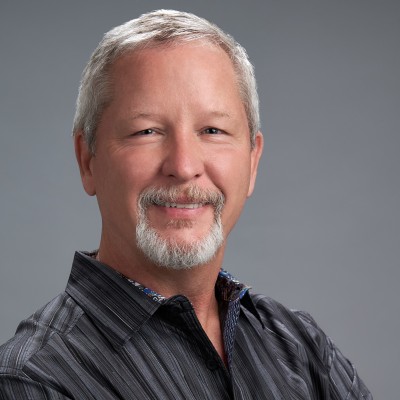- Video Library
- James Lancaster, Solenic Medical - Magnetic Fields to Eradicate Biofilms on Implants | LSI USA '24
James Lancaster, Solenic Medical - Magnetic Fields to Eradicate Biofilms on Implants | LSI USA '24

James Lancaster
Decisive, versatile and innovative executive and entrepreneur with over 25 years experience in multiple industries. Have helped a wide variety of companies achieve their goals by setting a vision, raising angel investment, venture capital or project funding, fielding a team to drive towards that vision and managing that team within budget and deadlines. Will deliver proven executive leadership and a strategic vision to achieve business objectives, while building a strong and loyal team.
Specialties: Angel Investment, Entrepreneurship & Business Start-Up, Product Innovation, Corporate Innovation, Innovation and Entrepreneurship Curriculum, Product Development & Launch, Business Plan Development, Board and Advisory Board Services, Management Team & Board Formation, Strategic Business Planning , Strategic Alliance/Channel Partnerships, Personnel Recruiting, Retention & Development
James Lancaster
Decisive, versatile and innovative executive and entrepreneur with over 25 years experience in multiple industries. Have helped a wide variety of companies achieve their goals by setting a vision, raising angel investment, venture capital or project funding, fielding a team to drive towards that vision and managing that team within budget and deadlines. Will deliver proven executive leadership and a strategic vision to achieve business objectives, while building a strong and loyal team.
Specialties: Angel Investment, Entrepreneurship & Business Start-Up, Product Innovation, Corporate Innovation, Innovation and Entrepreneurship Curriculum, Product Development & Launch, Business Plan Development, Board and Advisory Board Services, Management Team & Board Formation, Strategic Business Planning , Strategic Alliance/Channel Partnerships, Personnel Recruiting, Retention & Development

17011 Beach Blvd, Suite 500 Huntington Beach, CA 92647
714-847-3540© 2025 Life Science Intelligence, Inc., All Rights Reserved. | Privacy Policy







